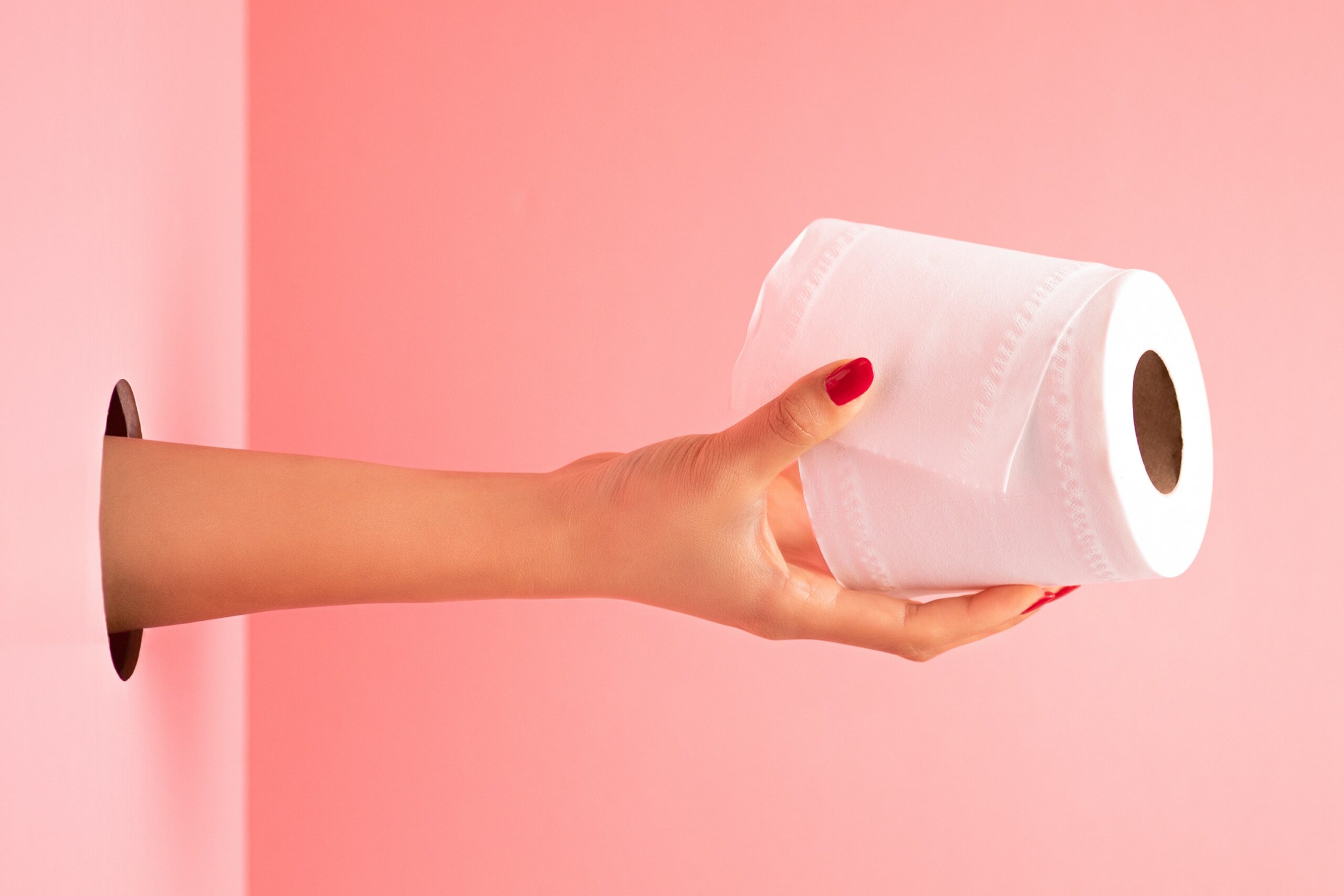An infection of the urinary system, which includes the kidneys, ureters, bladder, and urethra, is called a UTI.
These infections are more common in women than in men, with nearly 50% of women experiencing at least one UTI in their lifetime. Women are also more prone to recurrent UTIs with between 20% and 40% of women having more than one UTI.
Urinary tract infections occur when bacteria enter the urethra, and infect the urinary tract.
Bladder infections are characterised by frequent, painful- or burning urination and lower belly discomfort. Kidney infections can be very serious, even requiring hospitalisation. Symptoms often include back pain and high fever.
Urinary tract infections are usually treated with antibiotics. Treatment options will depend on whether a UTI is simple or complicated. A UTI is defined as a simple UTI when it is an infection that happens in healthy people with normal urinary tracts. A complicated UTI happens in abnormal urinary tracts or when most antibiotics cannot treat the bacteria causing the infection. Most women have simple UTIs, while the UTIs in men are usually considered complicated. Women, especially after menopause, can also develop complicated or chronic UTIs
What Causes UTIs?
UTIs occur when bacteria, often from the skin or rectum, enter the urethra, and infect the urinary tract. UTIs are more common in women because their urethras are shorter and closer to the rectum. This makes it easier for bacteria to enter the urinary tract.
It is not recommended to engage in sexual intercourse while having a UTI as it may introduce more bacteria into the urethra, exacerbating the infection and increasing the pain.
Treating Simple UTIs
A simple UTI is usually treated with a short course of antibiotics. A short, 3-day course will often treat most uncomplicated UTIs although some infections may need to be treated longer. It is important to drink plenty of liquids while recovering from a UTI.
There is also limited research suggesting that natural remedies, such as cranberry juice and D-Mannose, may help prevent and treat UTIs.
Treating Complicated UTIs
If the UTI is complicated, a longer course of antibiotics is given. After the course of antibiotics is finished, you may need a urine culture to confirm that the UTI is completely gone. If your symptoms do not go away after completing the course of antibiotics, you may need a longer or different course of antibiotics.
Treating Kidney Infections
A kidney infection requires prompt medical treatment. If not treated properly, an infection can cause lasting damage to the kidneys. The bacteria can also spread to the bloodstream and cause a dangerous infection known as sepsis.
Antibiotics are the first line of treatment for kidney infections. The kind of antibiotics used, and the length of treatment depend on your health and the bacteria found in your urine tests.
Symptoms of a kidney infection often begin to clear up within a few days of treatment. The course of antibiotics is usually for 7-14 days, depending on which antibiotic is used.
Commonly used antibiotics for kidney infections include ciprofloxacin, cefalexin, co-amoxiclav or trimethoprim. In many cases, a kidney infection can be treated at home and the infection will clear with a course of antibiotic tablets. If treatment is home-based, you should call your doctor if symptoms are not improving after 24 hours, or if you are feeling worse.
You might need to be admitted to hospital if your infection is severe and causing you to be very unwell or if you are unable to take any fluids or their medicines due to vomiting. Antibiotics might need to be administered intravenously (though a drip).
Treatment For Postmenopausal Women
Changes to the vaginal flora (mix of ‘good’ and ‘bad’ bacteria that live inside the vagina) is common in postmenopausal women. To address this problem, postmenopausal women with recurrent UTIs might find using topical oestrogen hormone replacement useful.
Topical oestrogen treatments include creams and tablets which are inserted into the vagina. Oestrogen regulates the pH (acidity) and consequently, the bacterial balance of the vagina and surrounding tissues. Oestrogen therapy may help prevent UTIs by restoring the health and natural defences of the urogenital area.
Natural Remedies
Antibiotic-free preventative (prophylactic) and treatment approaches have gained popularity in recent years with many women adopting a more holistic approach to health. Antibiotic-free options may also hold promise for treating chronic or recurrent UTIs that have become resistant to antibiotics.
The use of vaginal probiotic suppositories (pessaries) has been shown to halve the rate of recurrent UTIs in UTI-prone women. UTIs have been associated with the depletion of vaginal lactobacilli. The aim of using probiotic suppositories is to recolonise the vagina with Lactobacillus bacteria – a good bacteria that maintains the health of the vagina and surrounding tissues. It is thought that repletion of the bacteria normally associated with the vaginal microbiome (lactobacilli) can reduce colonisation by harmful bacteria and minimise UTI risk.
Other antibiotic-free home remedies include supplementing with cranberry juice or D-Mannose. It is thought that they may help prevent or treat UTIs by preventing bacteria from sticking to your bladder wall.
Can UTIs Be Prevented?
It is not always possible to prevent getting a UTI but there are several steps you can take to minimise your risks. These include:
- Urinate after sexual activity.
- Drink plenty of water.
- Take showers instead of baths.
- Minimise douching, sprays, or powders in the genital area.
- You should wipe from front to back after going to the toilet.


 71–75 Shelton Street, Covent Garden, London, WC2H 9JQ
71–75 Shelton Street, Covent Garden, London, WC2H 9JQ +44 (0) 20 3376 1032
+44 (0) 20 3376 1032



